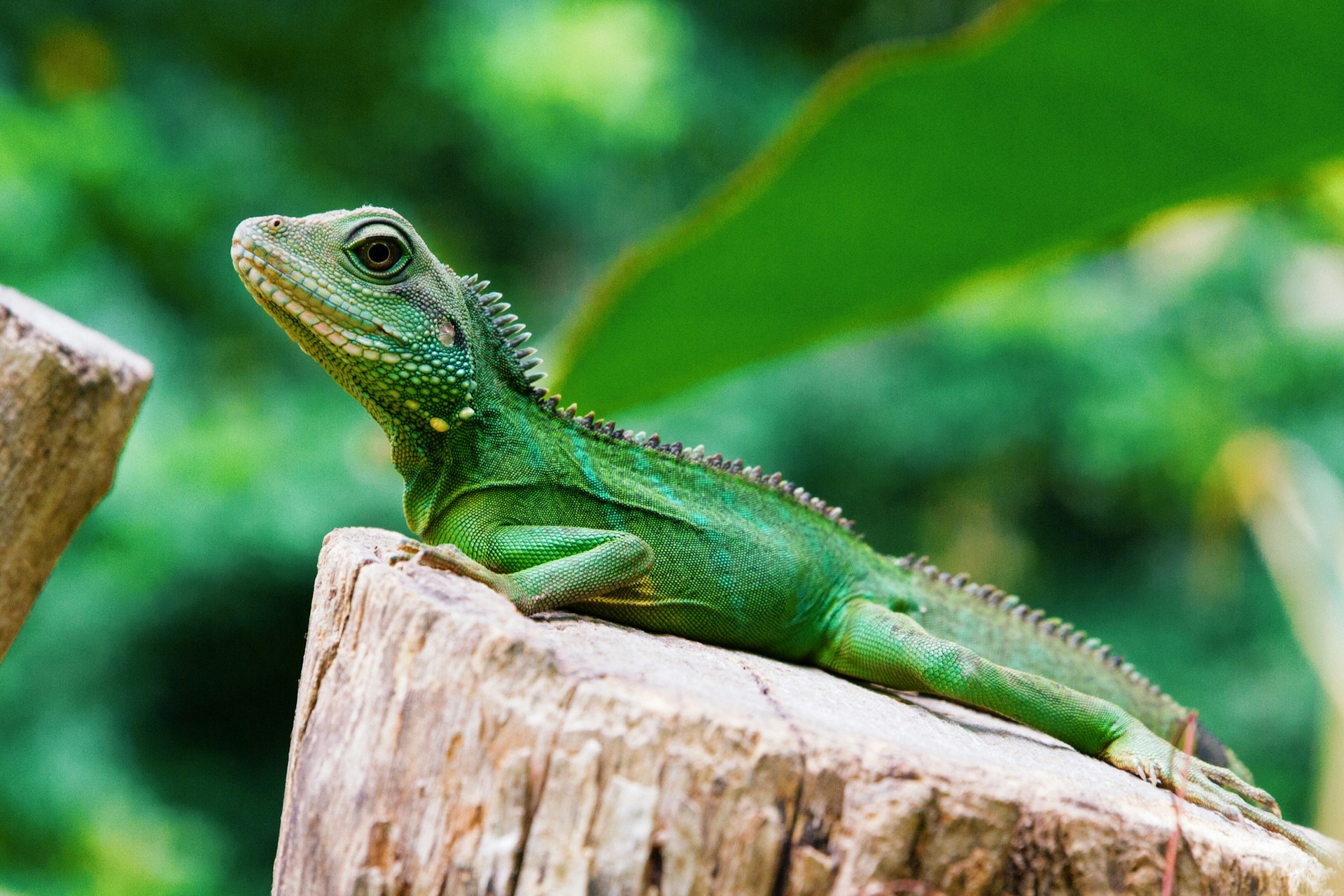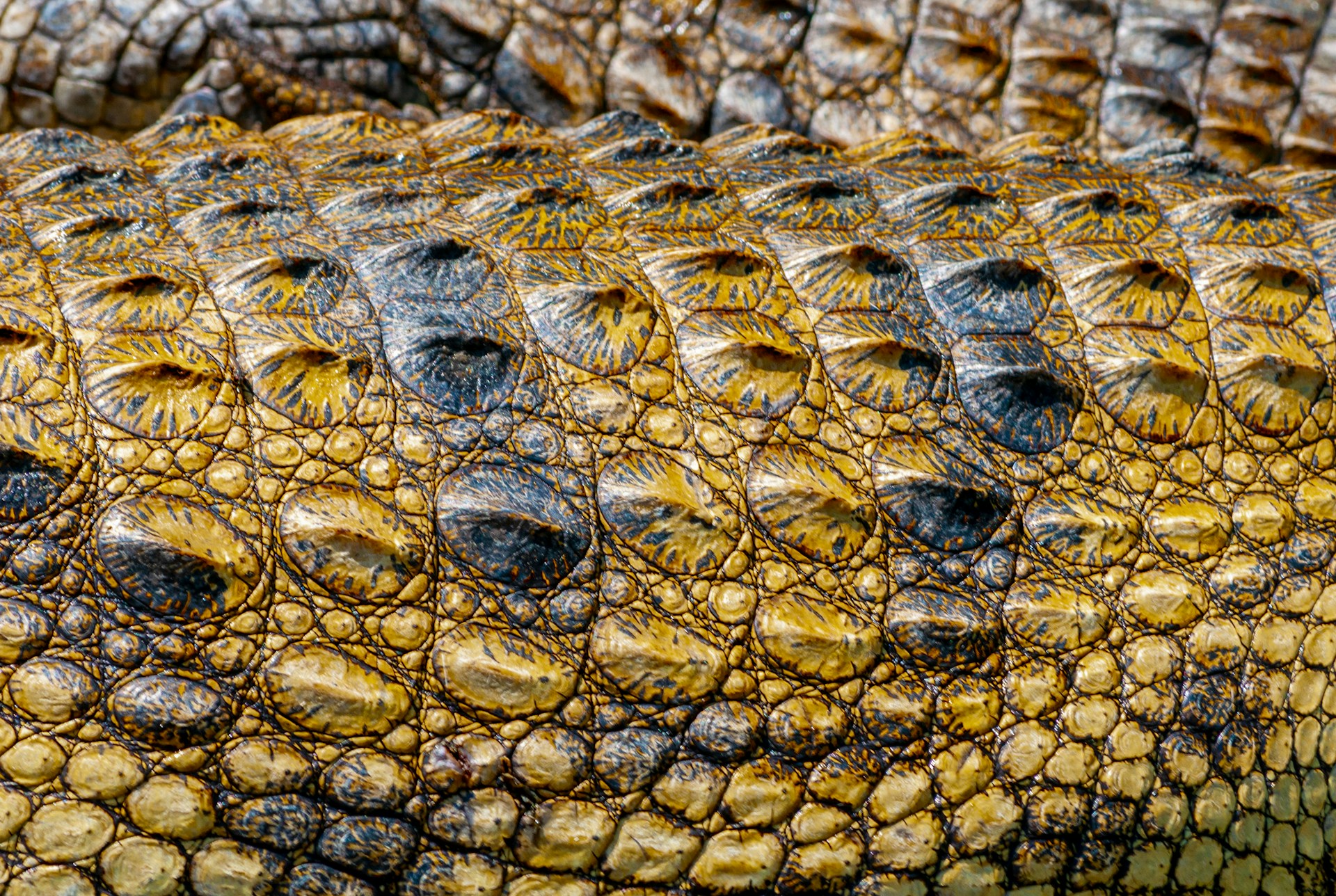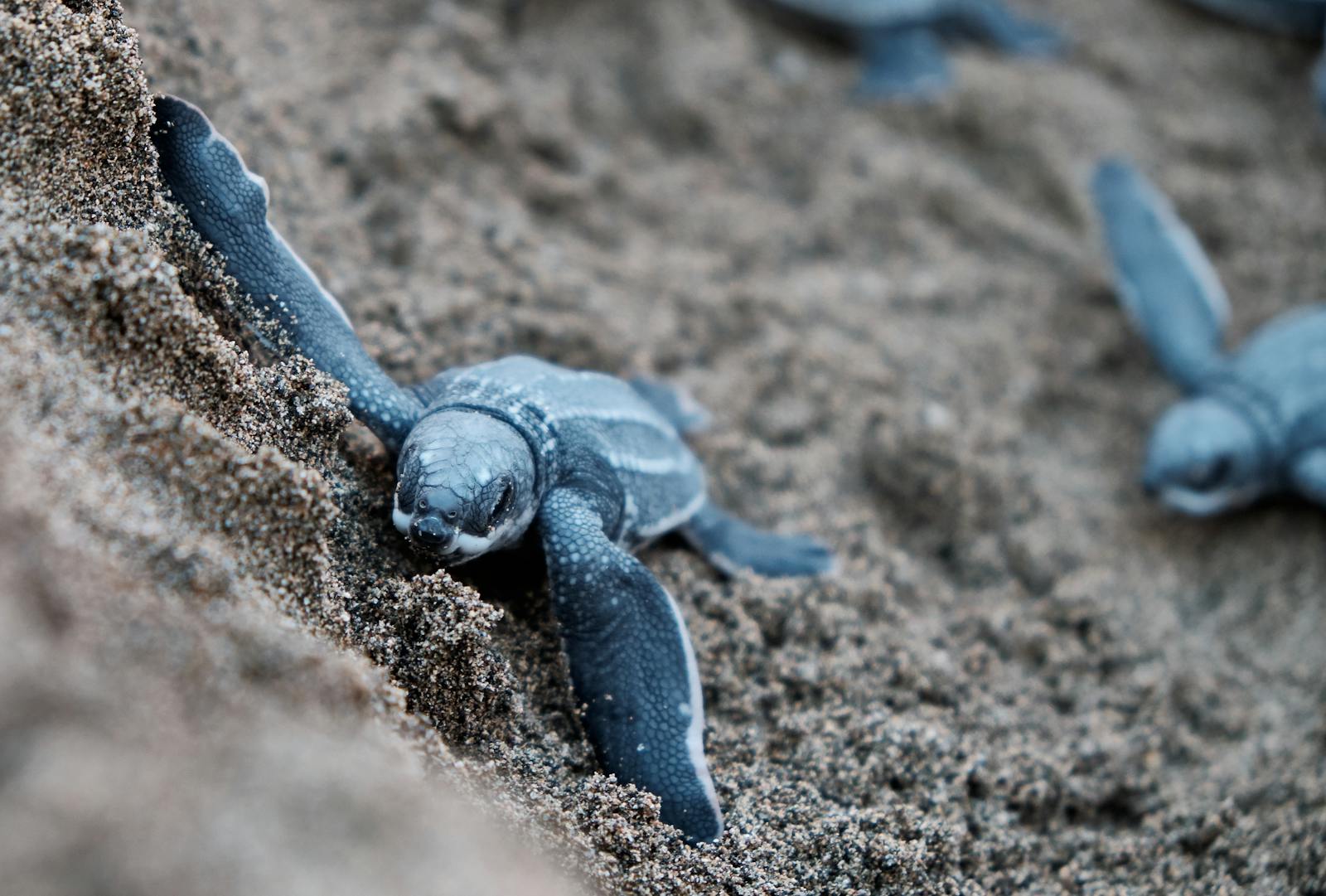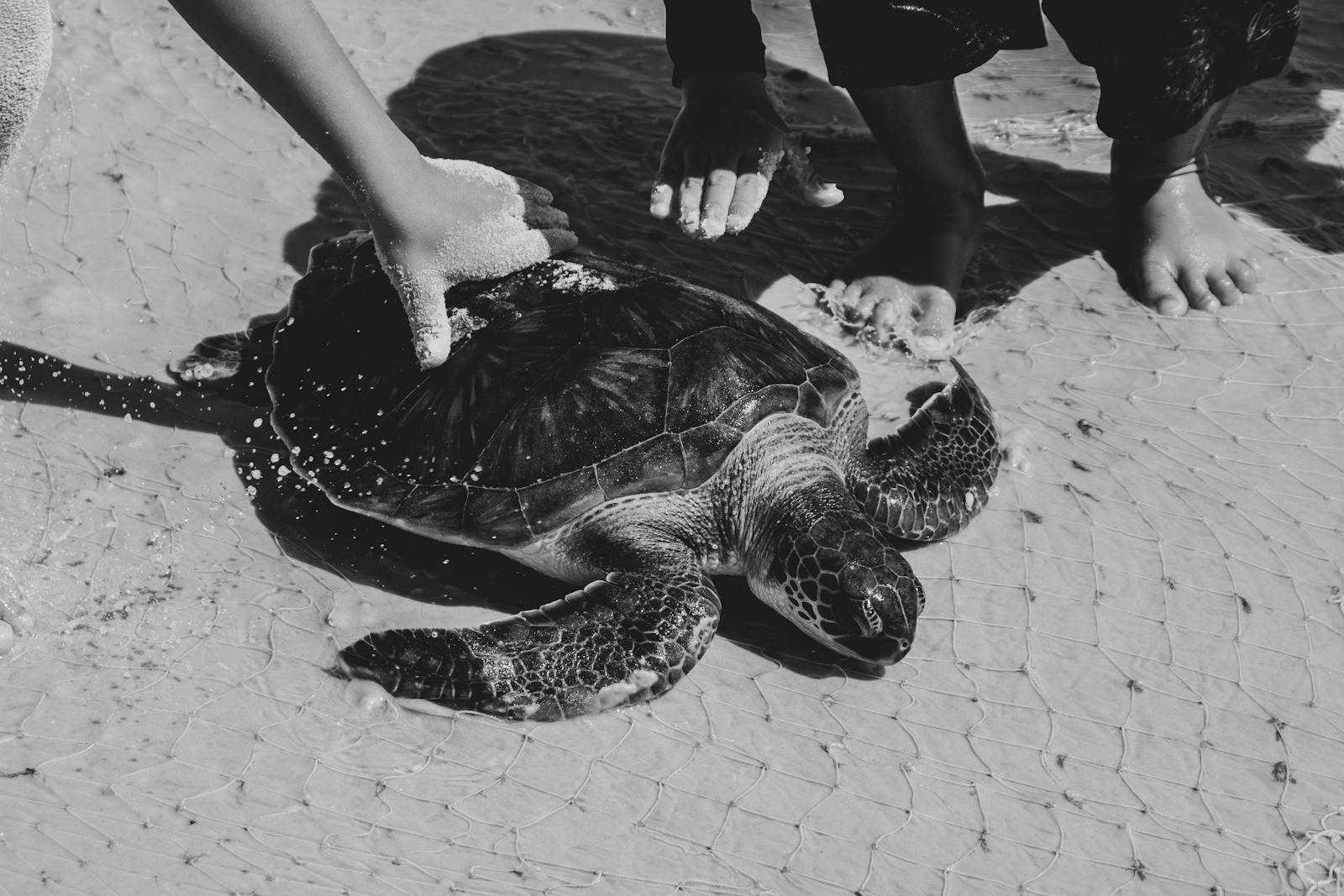Reptiles, some of Earth’s most ancient vertebrates, are facing unprecedented challenges in the modern world. From the dense rainforests of Southeast Asia to the arid deserts of North America, habitat destruction is threatening reptile populations at an alarming rate. These remarkable creatures—which have survived for over 300 million years through multiple mass extinctions—now find themselves particularly vulnerable to human activities. As forests are cleared, wetlands drained, and deserts developed, reptiles lose not only their homes but also essential resources for survival. This article examines the multifaceted crisis of reptile habitat destruction, its causes and consequences, and what can be done to protect these vital members of our global ecosystem before it’s too late.
The Current State of Reptile Biodiversity
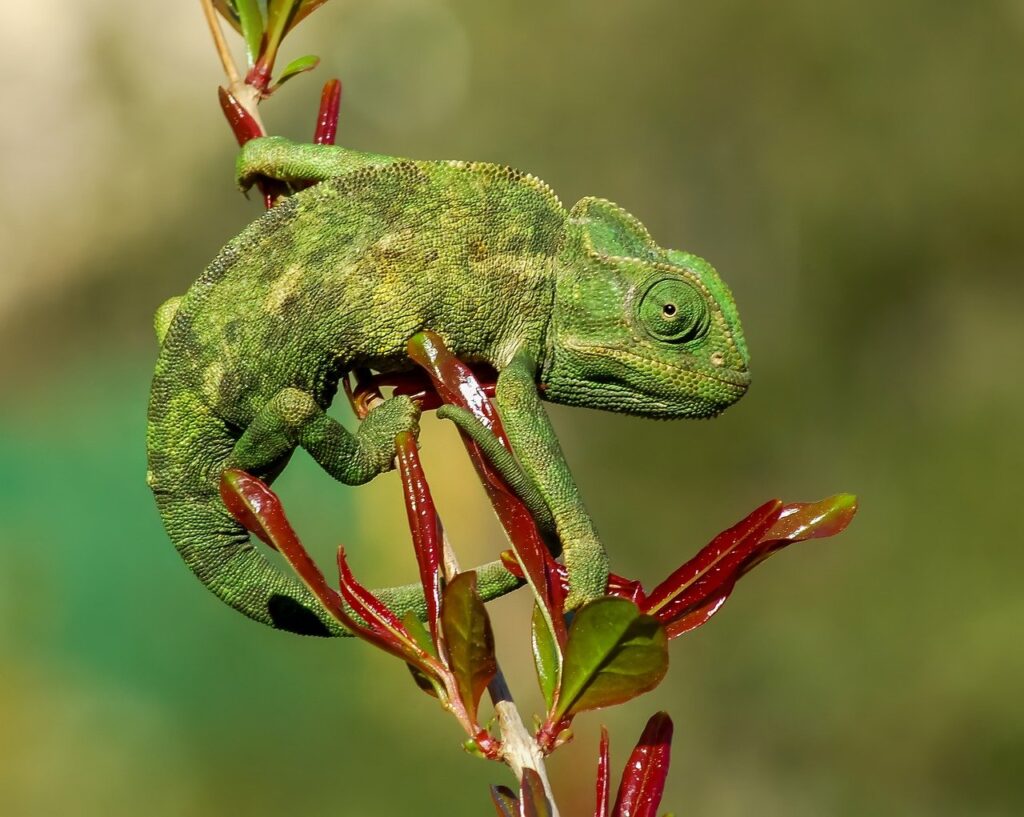
Reptiles represent one of the most diverse vertebrate groups on Earth, with over 11,000 recognized species including snakes, lizards, turtles, crocodilians, and tuataras. Their evolutionary adaptations have allowed them to inhabit nearly every continent and ecosystem, from tropical rainforests to arid deserts, freshwater systems to coastal areas. Despite this impressive diversity and adaptability, the 2022 Global Reptile Assessment found that nearly one in five reptile species is threatened with extinction. This alarming statistic represents thousands of unique species that could disappear within our lifetimes, many before they’ve even been properly studied. The crisis is particularly acute for turtles and crocodilians, with over 50% of species in these groups facing high extinction risks.
Primary Causes of Habitat Destruction

The destruction of reptile habitats stems from multiple human activities, with agricultural expansion being the most significant driver. As forests are converted to farmland, reptiles lose critical microhabitats that provide shelter, food sources, and breeding grounds. Urban development represents another major threat, as cities expand into previously undisturbed areas, fragmenting habitats and creating barriers to movement and gene flow. Industrial activities, including mining, logging, and oil extraction, devastate landscapes at unprecedented rates, often in biodiversity hotspots where reptile diversity is highest. Infrastructure development, particularly road construction, creates deadly barriers that increase reptile mortality through vehicle collisions and habitat fragmentation. Climate change exacerbates these pressures by altering temperature and precipitation patterns that many reptiles depend on for their life cycles.
Unique Vulnerabilities of Reptiles
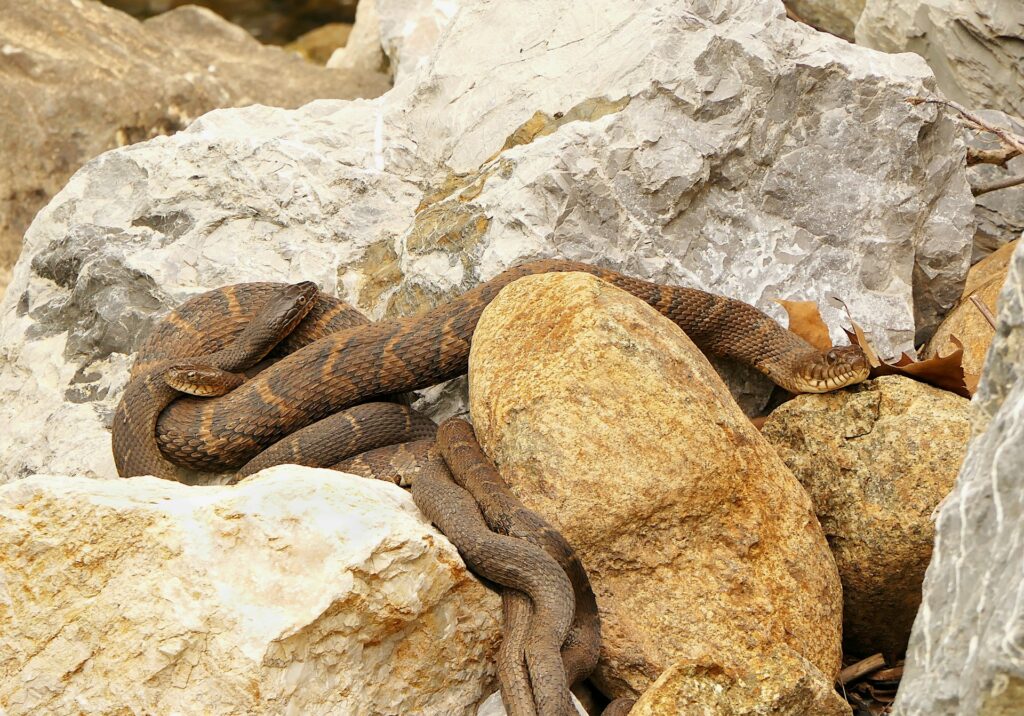
Reptiles possess biological characteristics that make them particularly susceptible to habitat changes. As ectotherms, they rely on external heat sources to regulate their body temperature, making them highly dependent on specific environmental conditions. Many species have limited dispersal abilities, meaning they cannot easily relocate when their habitat is destroyed. Specialized dietary requirements further complicate survival—some reptiles feed exclusively on specific prey that may also be declining due to habitat loss. Temperature-dependent sex determination in many species, particularly turtles and some lizards, means climate change can skew sex ratios in populations, potentially leading to reproductive failure. These vulnerabilities, combined with typically slow reproductive rates compared to mammals of similar size, mean reptile populations recover slowly from disturbances, if they recover at all.
Forest Clearing and Its Impact

Tropical forests, which host the greatest diversity of reptile species, are being cleared at an alarming rate of approximately 10 million hectares annually. This deforestation is catastrophic for arboreal reptiles such as tree snakes, geckos, and chameleons that spend their entire lives in the canopy. For these species, forest clearing doesn’t just reduce habitat—it eliminates it entirely. Even selective logging disrupts the complex three-dimensional structure of forests that many reptiles depend on for hunting, shelter, and thermoregulation. The loss of forest cover also alters microclimates on the forest floor, affecting ground-dwelling species that require specific temperature and humidity conditions. Additionally, forest fragmentation creates edge effects that expose previously sheltered reptiles to new predators, competitors, and diseases, further stressing already vulnerable populations.
Wetland Drainage and Aquatic Reptiles
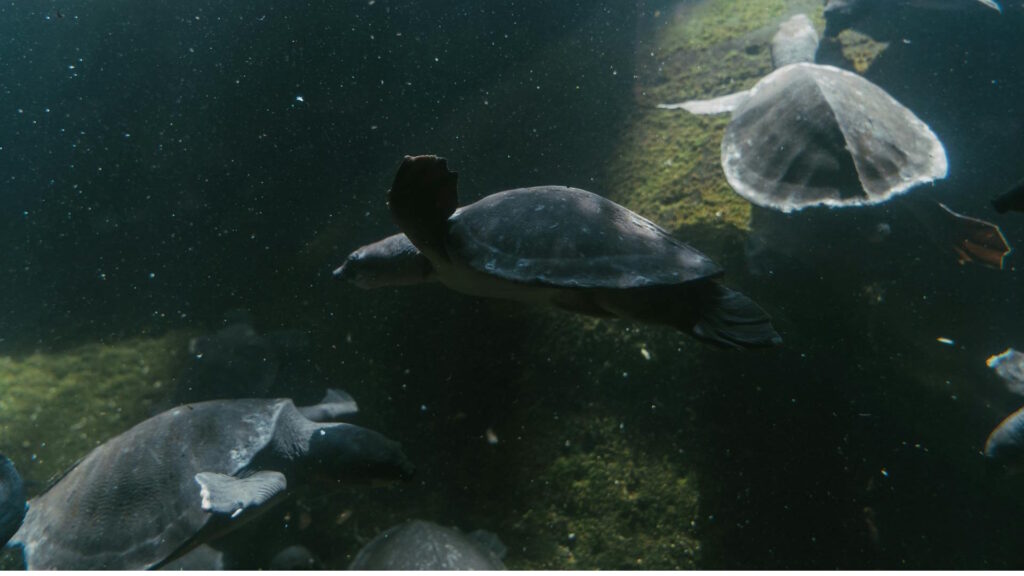
Wetlands are critical habitats for numerous turtle species, crocodilians, and semi-aquatic snakes, yet these ecosystems are disappearing three times faster than forests globally. When wetlands are drained for agriculture or urban development, aquatic reptiles lose essential breeding grounds and feeding areas. Freshwater turtles are particularly affected, with over 60% of all species now threatened with extinction primarily due to habitat loss. River modifications, including dam construction and channelization, destroy the natural flow regimes and nesting beaches that many aquatic reptiles have evolved to depend on. The fragmentation of wetland systems isolates populations and prevents gene flow, leading to reduced genetic diversity and increased vulnerability to disease and environmental changes. Even degradation through pollution and sedimentation can render wetlands uninhabitable for sensitive species that require clean water and specific substrates.
Desert Development and Arid-Adapted Species
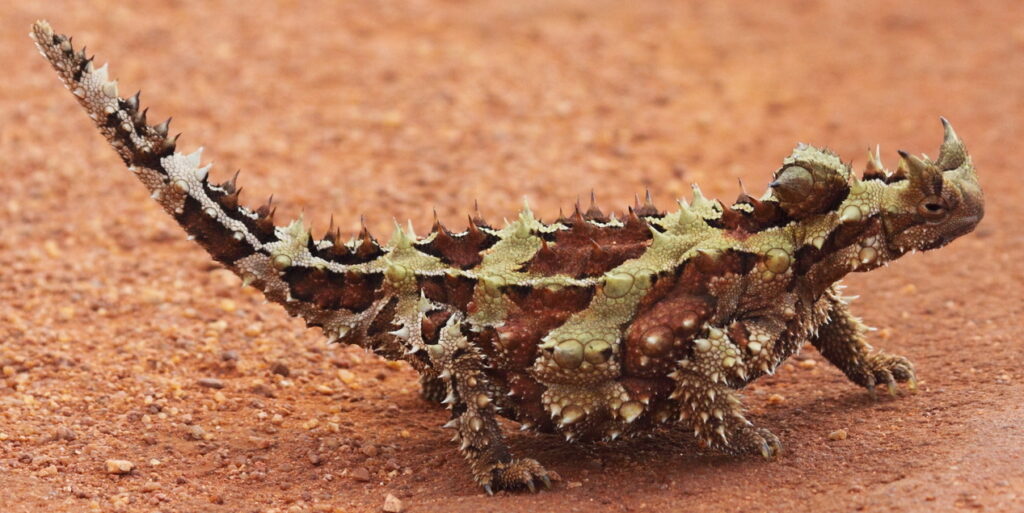
Desert ecosystems, contrary to popular perception, support rich reptile communities that have evolved remarkable adaptations to survive in extreme conditions. The development of these arid landscapes for solar energy facilities, urban expansion, and recreation is decimating habitats for specialized desert reptiles. Iconic species like the desert tortoise in the American Southwest have lost over 90% of their historic range to development, pushing them toward extinction. Off-road vehicle use in desert environments crushes reptiles and destroys the delicate soil crusts that support the desert food web. Desert reptiles typically have extremely slow life histories, with some species taking decades to reach reproductive maturity, making population recovery from disturbance exceptionally difficult. Additionally, many desert reptiles have highly restricted ranges, sometimes limited to a single valley or mountain range, making them particularly vulnerable to localized habitat destruction.
Climate Change: A Compounding Threat
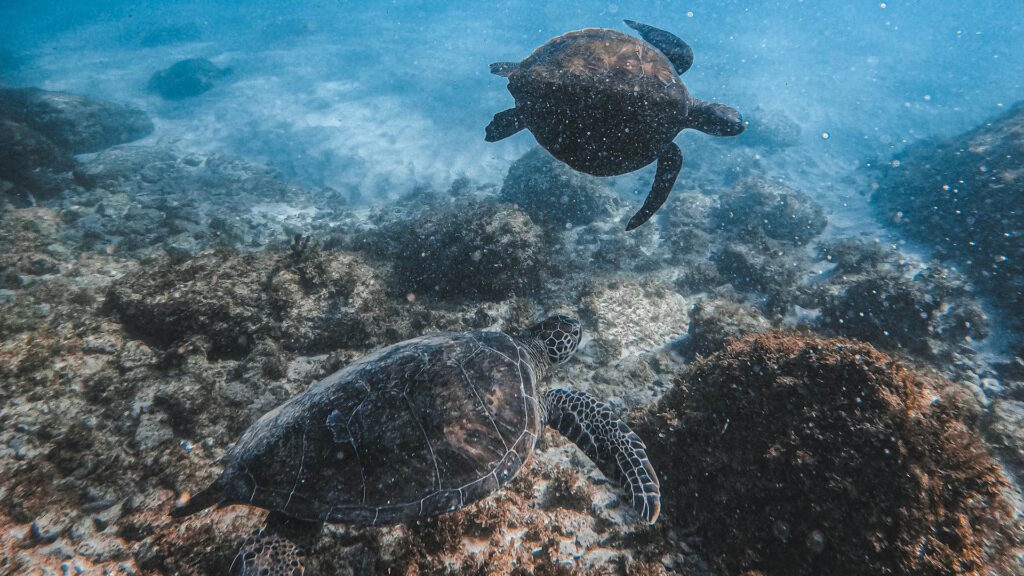
Climate change acts as a threat multiplier for reptiles already struggling with direct habitat loss. Rising temperatures can push reptiles beyond their thermal tolerances, particularly in tropical species that already live close to their physiological limits. For species with temperature-dependent sex determination, warmer temperatures can skew sex ratios toward females, potentially leading to reproductive collapse in some populations. Altered precipitation patterns affect food availability, breeding success, and the viability of eggs and juveniles. Sea level rise threatens coastal reptile habitats, including critical nesting beaches for sea turtles and habitat for saltwater crocodiles. Climate change also facilitates the spread of invasive species and diseases into previously unsuitable areas, creating new competitive and pathogenic pressures on native reptiles already stressed by habitat changes.
Ecological Consequences of Reptile Declines
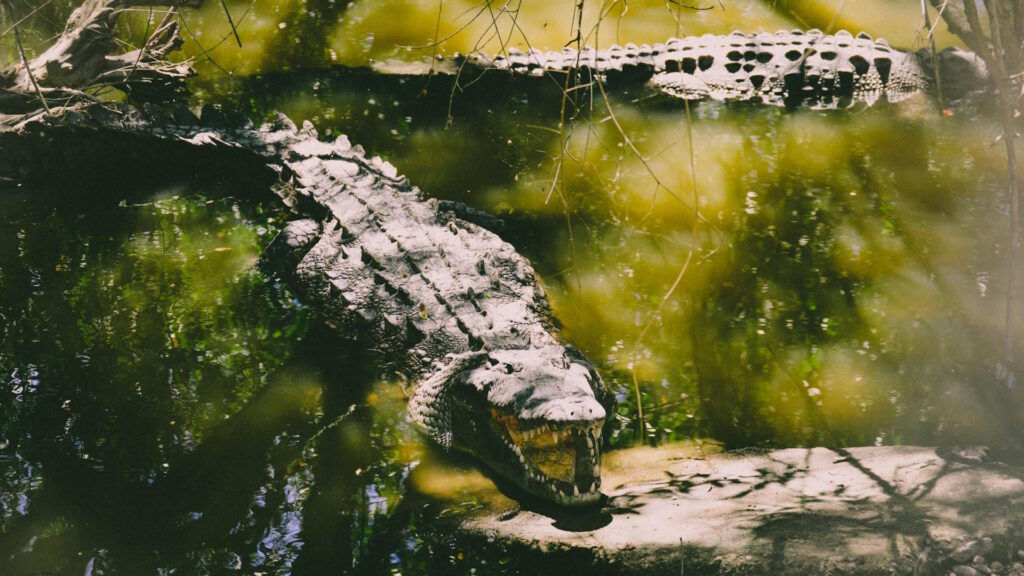
The loss of reptiles from ecosystems creates far-reaching consequences that extend beyond the species themselves. Many reptiles serve as important predators that control populations of potential pest species; the decline of snakes, for instance, can lead to rodent outbreaks with associated economic and health impacts. Herbivorous reptiles like tortoises and iguanas act as seed dispersers for numerous plant species, and their loss can alter forest composition and regeneration. Large predatory reptiles like crocodilians serve as apex predators in many ecosystems, and their removal can trigger trophic cascades affecting entire food webs. Turtles contribute to nutrient cycling in aquatic ecosystems, and their decline can reduce water quality and ecosystem productivity. The complex ecological roles reptiles play means their loss can trigger unpredictable changes in ecosystem function and stability, potentially leading to ecosystem collapse in some cases.
Conservation Hotspots and Priority Areas
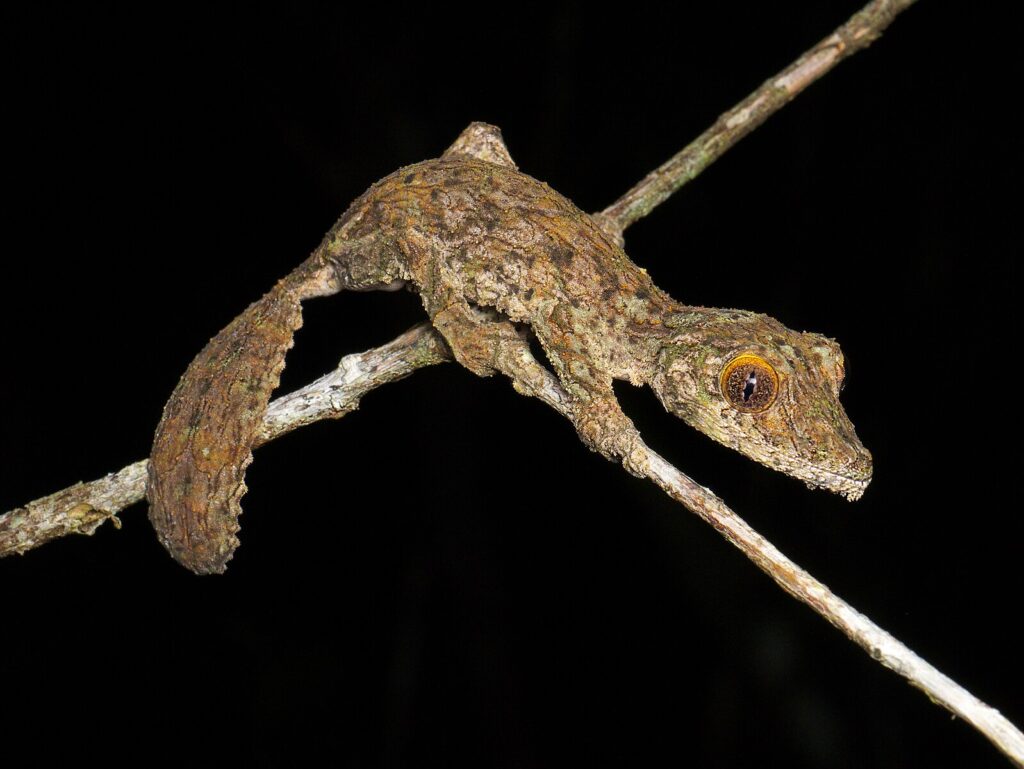
Certain regions have emerged as critical hotspots for reptile conservation due to their high levels of endemism and severe habitat threats. Madagascar stands out as perhaps the most urgent priority, with over 90% of its more than 400 reptile species found nowhere else on Earth, while also experiencing catastrophic deforestation. The Caribbean islands host numerous endemic reptiles confined to small geographic areas, making them extremely vulnerable to habitat modification. Southeast Asian forests harbor exceptional reptile diversity but are being cleared at unprecedented rates for palm oil plantations and other agricultural uses. Australia’s reptile fauna, the most diverse of any continent, faces mounting pressures from development, invasive species, and increasingly severe bushfires. Mediterranean basin countries contain many range-restricted reptile species threatened by urban expansion and agricultural intensification in this densely populated region.
Conservation Success Stories
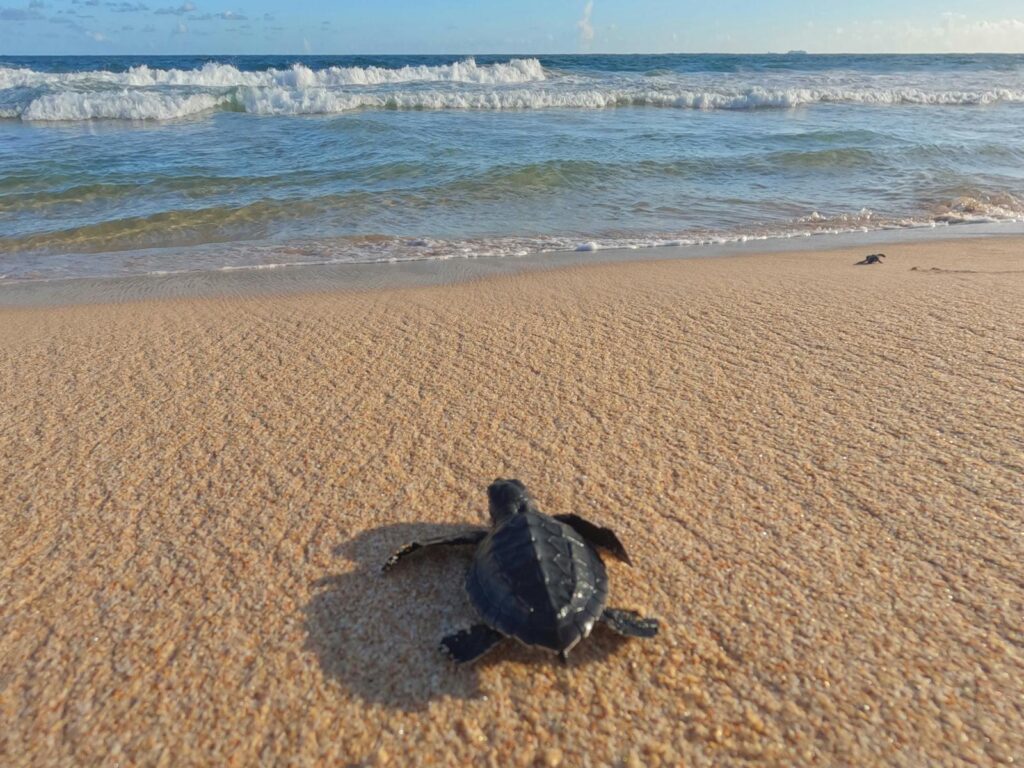
Despite the grim outlook, targeted conservation efforts have produced encouraging results for some reptile species. The American alligator represents one of conservation’s greatest success stories, recovering from near-extinction in the 1960s to secure populations today thanks to habitat protection and regulated harvesting. The Antiguan racer, once reduced to just 50 individuals on a tiny island, now numbers over 1,000 snakes following invasive species removal and habitat restoration. Community-based conservation of sea turtle nesting beaches in countries like Costa Rica has reversed declining trends for several species. The tuatara, a living fossil from New Zealand, has benefited from intensive predator-free island reserves that preserve its unique habitat requirements. These success stories demonstrate that with appropriate habitat protection and management, even severely threatened reptile populations can recover.
Effective Conservation Strategies

Protecting reptile populations requires multifaceted approaches focused primarily on habitat preservation. Protected area establishment and expansion represents the most direct method for preserving critical reptile habitats, though effectiveness depends on strong enforcement and management. Habitat connectivity initiatives, including wildlife corridors and crossing structures, can reconnect fragmented populations and facilitate movement across human-modified landscapes. Ex-situ conservation programs, including captive breeding and head-starting initiatives, provide insurance populations for the most critically endangered species while habitat protection measures take effect. Community-based conservation has proven particularly effective, especially when local people receive tangible benefits from protecting reptile species and their habitats. Innovative approaches like payments for ecosystem services can incentivize landowners to preserve reptile habitats on private lands, especially in regions where protected areas alone are insufficient.
Policy and Legal Frameworks

International agreements provide crucial frameworks for reptile conservation across borders, with the Convention on International Trade in Endangered Species (CITES) regulating trade in threatened reptiles and the Convention on Biological Diversity establishing targets for habitat protection. The IUCN Red List guides conservation priorities by assessing extinction risk for reptile species globally, helping direct limited resources to the most threatened species and habitats. National endangered species legislation provides legal protection for threatened reptiles and their habitats, though enforcement varies dramatically between countries. Environmental impact assessment requirements can prevent or mitigate habitat destruction when properly implemented, forcing development projects to account for impacts on reptile populations. Land-use planning that incorporates biodiversity considerations offers perhaps the most promising approach for balancing development needs with reptile conservation at landscape scales.
The Future of Reptile Conservation
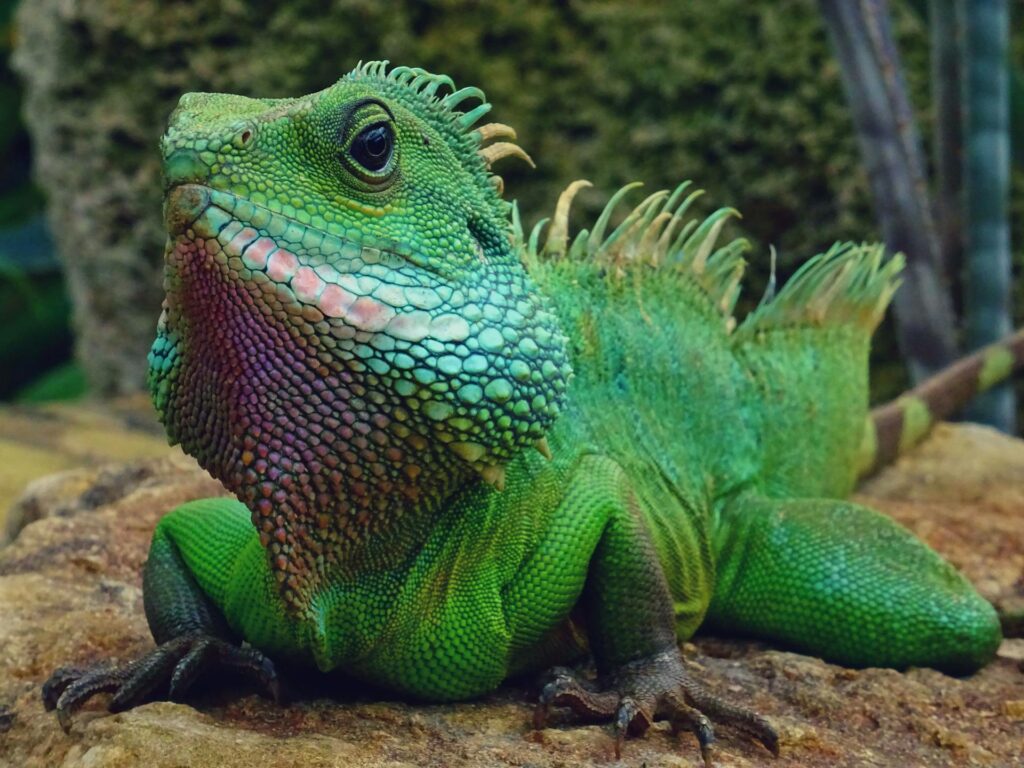
The path forward for reptile conservation will require intensified efforts and new approaches to address the accelerating crisis. Emerging technologies like environmental DNA sampling, satellite tracking, and remote sensing offer powerful new tools for monitoring reptile populations and habitat changes at unprecedented scales. The growing recognition of Indigenous knowledge and management practices provides valuable insights for conservation, especially for culturally significant reptile species. Innovative financing mechanisms, including conservation trust funds and biodiversity offsets, can provide sustainable funding for long-term habitat protection. Climate-smart conservation planning must anticipate habitat shifts and identify climate refugia where reptiles might persist despite changing conditions. The growing global movement for rewilding and ecological restoration offers hope for recreating lost reptile habitats at meaningful scales, potentially reversing decades of decline for some species.
How Individuals Can Make a Difference
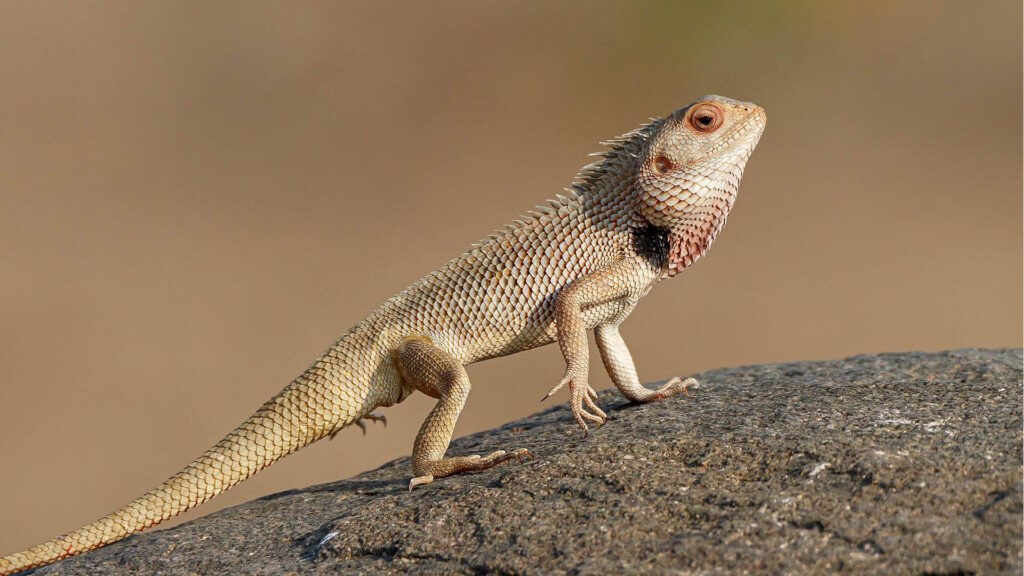
Individual actions collectively contribute to reptile conservation, beginning with supporting organizations dedicated to habitat protection in reptile diversity hotspots. Responsible consumer choices, such as avoiding products linked to habitat destruction like unsustainable palm oil or hardwoods, reduce pressure on critical reptile habitats. Homeowners can create reptile-friendly spaces by maintaining natural vegetation, avoiding pesticides, and providing microhabitats like rock piles and brush that offer shelter and basking sites. Citizen science participation through platforms like iNaturalist helps researchers track reptile distributions and abundance changes, providing valuable data for conservation planning. Perhaps most importantly, overcoming culturally ingrained fears and misconceptions about reptiles—particularly snakes—can build public support for conservation measures that might otherwise face resistance due to unfounded negative perceptions of these remarkable animals.
Conclusion
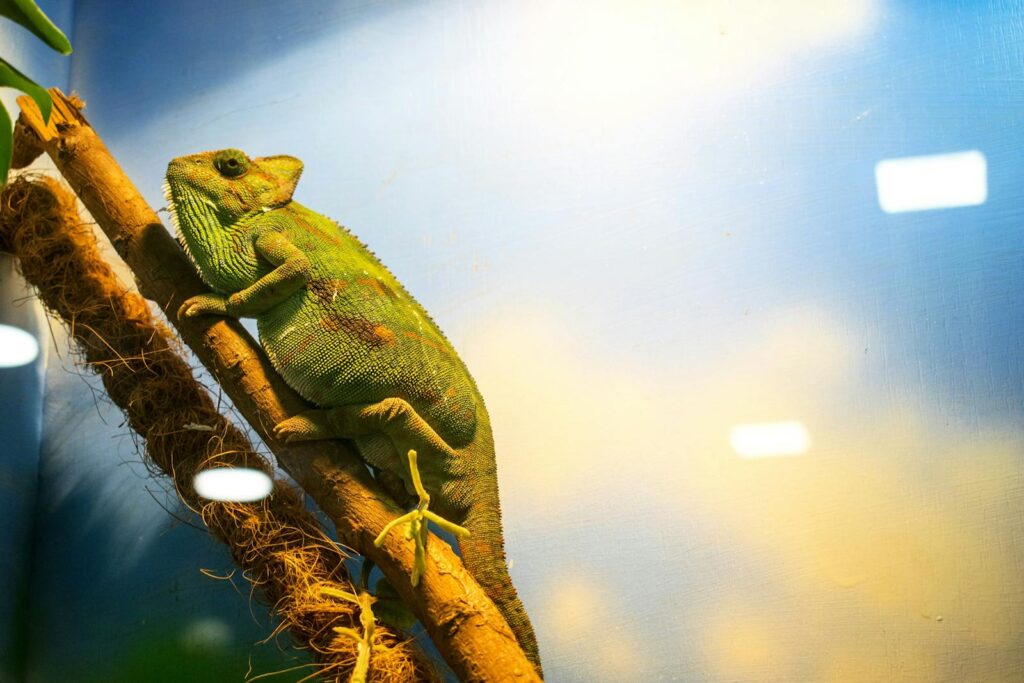
Habitat destruction represents the most significant threat to reptile biodiversity worldwide, pushing numerous species toward extinction at an unprecedented rate. The uniquely vulnerable biological characteristics of reptiles, combined with accelerating habitat loss across forests, wetlands, and deserts, create a perfect storm threatening this ancient vertebrate lineage. However, successful conservation initiatives demonstrate that targeted habitat protection, combined with species-specific interventions, can reverse even severe population declines. Moving forward, effective reptile conservation will require expanded habitat protection, innovative conservation approaches, sustainable funding mechanisms, and greater public engagement. By recognizing the ecological importance of reptiles and addressing the root causes of their habitat destruction, we can ensure these remarkable creatures continue to fulfill their vital roles in ecosystems worldwide for generations to come.

